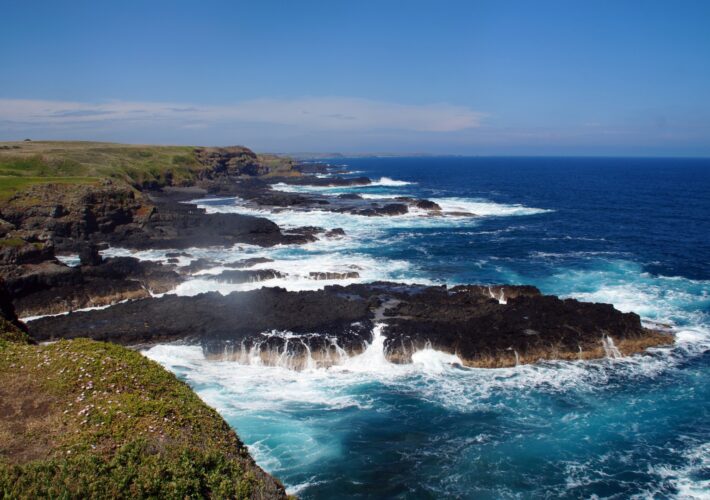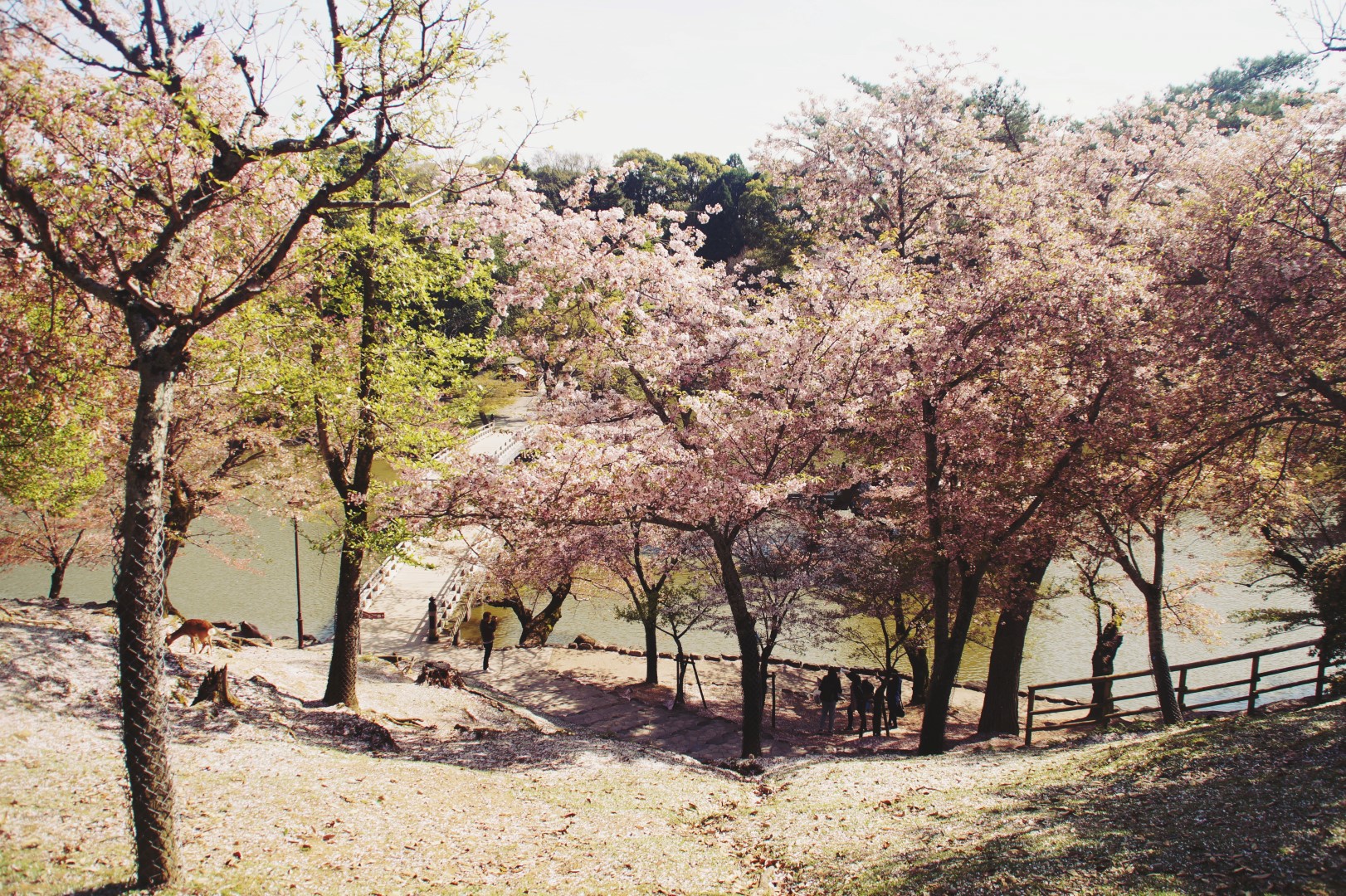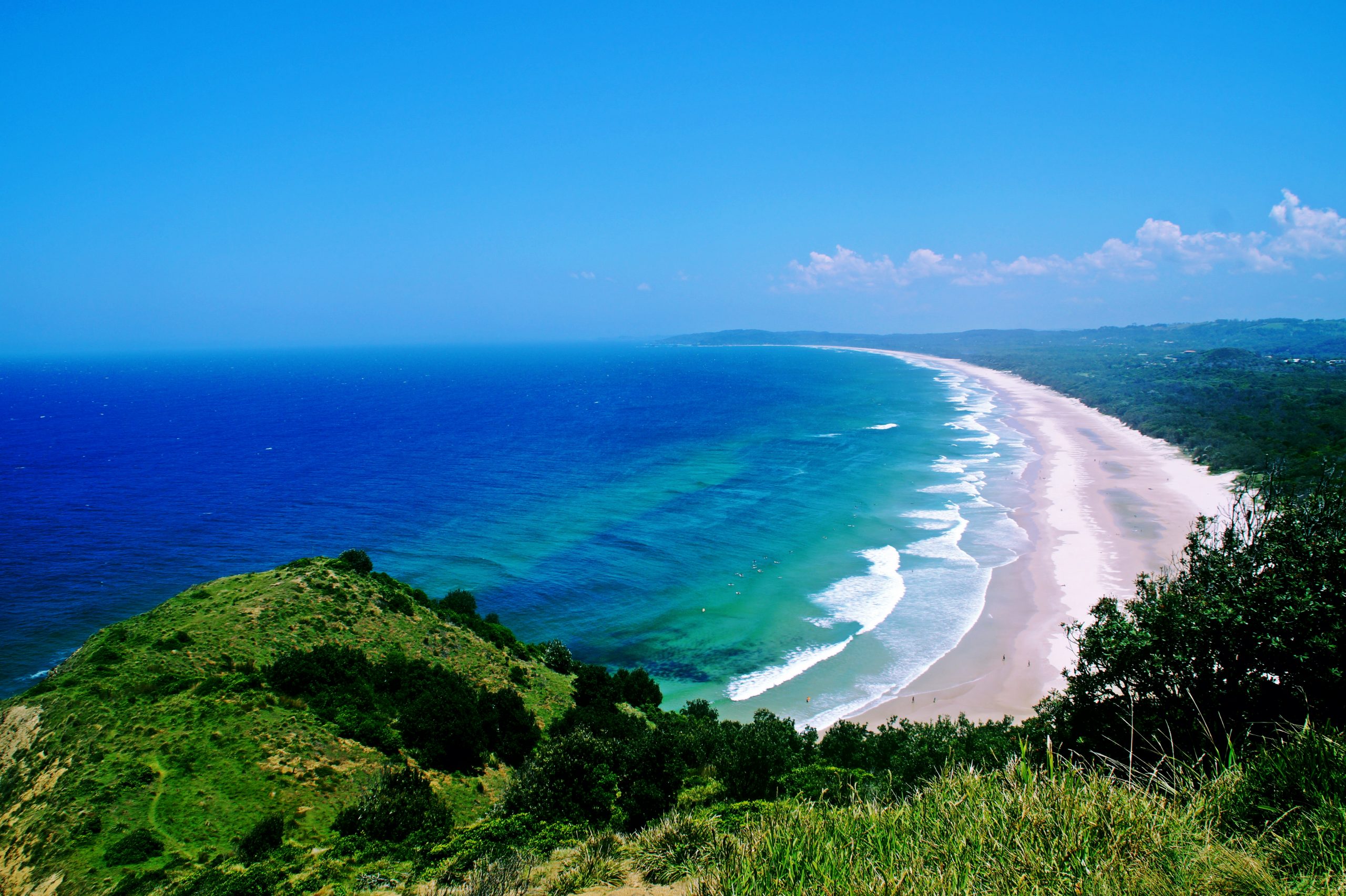The second part of our weekend trip from Lima took us to Islas Ballestas, an island group known as “the Galapagos of Peru”, as well as the nearby nature reserve, Reserva de Paracas, where we had some amazing wildlife experiences.
To get to Islas Ballestas, we first went to the harbour in Paracas, where we caught a prebooked boat after interacting with cute pelicans. The boat took us on a two-hour tour around the islands. On the way out there, we saw the ocean side of Reserva de Paracas with the famous Paracas Candelabra geoglyph dated to the Paracas Culture around 200 BC. The cactus-shaped geoglyph is similar to the Nazca Lines, except it’s visible from the ocean and not from the sky.


Shortly after, the rocky Islas Ballestas appeared, with thousands of birds greeting us as we sailed closer. The small island group of just 0.12 km² is an important sanctuary for marine animals such as the guanay guano bird, seals, sea lions and Humboldt penguins.
As we sailed around the islands, we spotted many of those adorable animals. The sea lions were chilling on the rocks, while the penguins were playing amongst themselves, paying no attention to us. We also saw some enormous crabs and star fish as well as many different kinds of birds. Islas Ballestas is animal heaven!
Visiting the islands made me want to go to Galapagos even more – I’m thinking maybe next summer in connection with the total solar eclipse in Chile/Argentina? We’ll see!








Next up was Reserva de Paracas, where we had a guide to show us around and tell us about all of the best places in the reserve. The reserve consists of the Paracas Peninsula, a tropical desert with beautiful coastal areas. The area holds many remains from ancient peoples, mostly from the Paracas Culture (ca. 800-100 BC).
Near the entrance to the reserve stands the museum Muséo Sitio de Julio C. Tello, named after the archaeologist who discovered the Paracas Culture. It’s a small museum featuring information on both flora and fauna as well as archaeological artifacts. Right outside the museum, with no protection at all, there’s a kitchen midden from the Paracas Culture, which is absolutely incredible! You wouldn’t find a kitchen midden just lying around untouched and unprotected in many other countries! I actually made the find of the day, when I pulled up a bunch of 2500-year-old hair from the ground (pretty icky, but so cool!). We also found many textiles and shells.
From the museum, there’s a path that leads down to a lookout for the flamingos in the area. Unfortunately for us, but not for the flamingos, the lookout is quite far from them, so it was hard to actually see them – we could basically only see pink dots that were moving! It was better through the lens though, and I was glad that we couldn’t disturb their natural life by getting too close.




The next stop was in the middle of nowhere, where our guide showed us a fossilized sea bed (similar to one I’ve seen on Bornholm!). We found fossils lying about everywhere as well as shells, remnants from an El Niño in the 1980s where the water came right up to that place, which is literally in the middle of the reserve with no view of the ocean!

It was time to head to the coast, where we went to a lookout to see the famous geomorphological structure of La Catedral. The rock didn’t look much like a cathedral, although it was partly destroyed during an earthquake in 2007, but it’s definitely a beautiful sea stack. But the best thing about this place was the dolphins that we saw swimming in the ocean!






After a lovely stroll along the beach, we went to another lookout, where we could see the entire peninsula and as far as to the village of Paracas. We could also see a red sand beach, the only red sand beach in Peru, which is the result of the erosion of porphyry rocks from the hills of the peninsula. Afterwards, we drove down to the beach to step on it and feel the red sand.





The nature reserve is beautiful with unique landscapes and wildlife. We got to see another side of Peru, which was really exciting. The country is so incredibly diverse from the Andes Mountains to the rainforest to smoggy Lima to the desert with sand dunes and to the beautiful coastline in Paracas! Definitely a country I want to see more of.
On the way back to Lima, we stopped at a restaurant to have dinner and watch Denmark lose to Croatia in the World Cup after a nervewracking penalty shoot-out! Such a shame as it would’ve been the perfect ending to a great day if Denmark had won!
Unfortunately, the day ended much worse, as we had some serious problems with our driver (much like the day before…). First of all, his driving was hazardous. At one point, he almost hit a truck when he pulled out to overtake right in front of him. On top of that, he had not been given enough money from the company to fill up petrol for the ride home, so we ran out in the middle of the highway and had to wait an hour on the side of the road in a dodgy neighbourhood. Worst of all, he gambled with our lives constantly as he was speeding and overtook cars at every slim chance he had.
We were all so relieved when we got back to Lima (never thought I’d be so glad to see Lima again!). But despite the bus ride, the weekend trip had been absolutely magical, and I’m glad that I got to see this part of Peru as well – and so many adorable animals!

Leave a Comment
Pingback: My 18 favourite new destinations of 2018 – Northtrotter on 30/10/2018





1 COMMENT